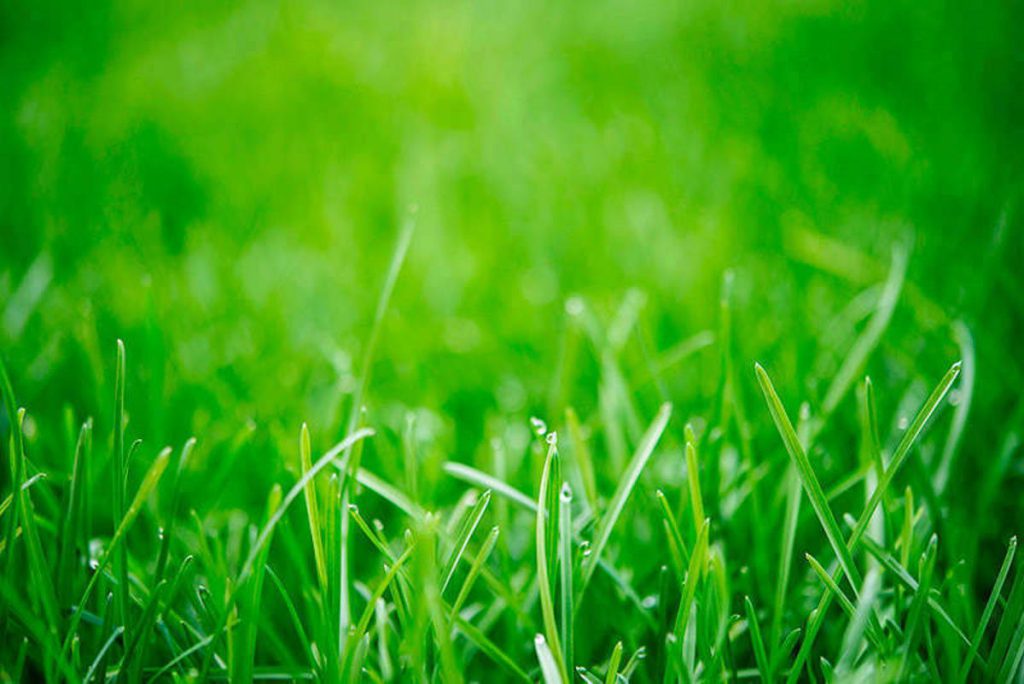Kentucky is of course known as the “Bluegrass State” but Kentucky bluegrass didn’t originate there.
Like many common U.S. turf grasses, widely used grass was originally native to Europe and northern Asia. Its first use in the U.S. came as a pasture grass in states like Kentucky, where it still covers the state’s gently rolling hills. Kentucky bluegrass rose to become a premier lawn grass throughout much of the country.
Some facts about Kentucky bluegrass:
- It a perennial, cool-season lawn grass. This means it comes back year after year and grows most vigorously during the cool seasons of fall and spring.
- Has the greatest cold hardiness of all the common cool-season U.S. lawn grasses.
- It’s used most extensively in northern climates where moderately warm summers and cold winters align with its natural preferences and growth cycle.
- Kentucky bluegrass establishes easily from seed, but it germinates more slowly than some other cool-season grasses.
- Unlike bunch-forming grasses, such as tall fescue and ryegrass, Kentucky bluegrass is a self-spreading, sod-forming grass. Once established, it spreads readily via underground stems known as rhizomes to form a dense, thick turf.
- Prefers full sun, but some varieties can do well in lightly shaded areas
- During extreme heat or extended drought, the grass will go dormant. However, it recovers quickly with irrigation and a return to normal conditions.
- The best time to plant and do major lawn maintenance is during early fall as cool-season growth peaks. This is the optimal time for Kentucky Bluegrass germination, establishment and repair.

